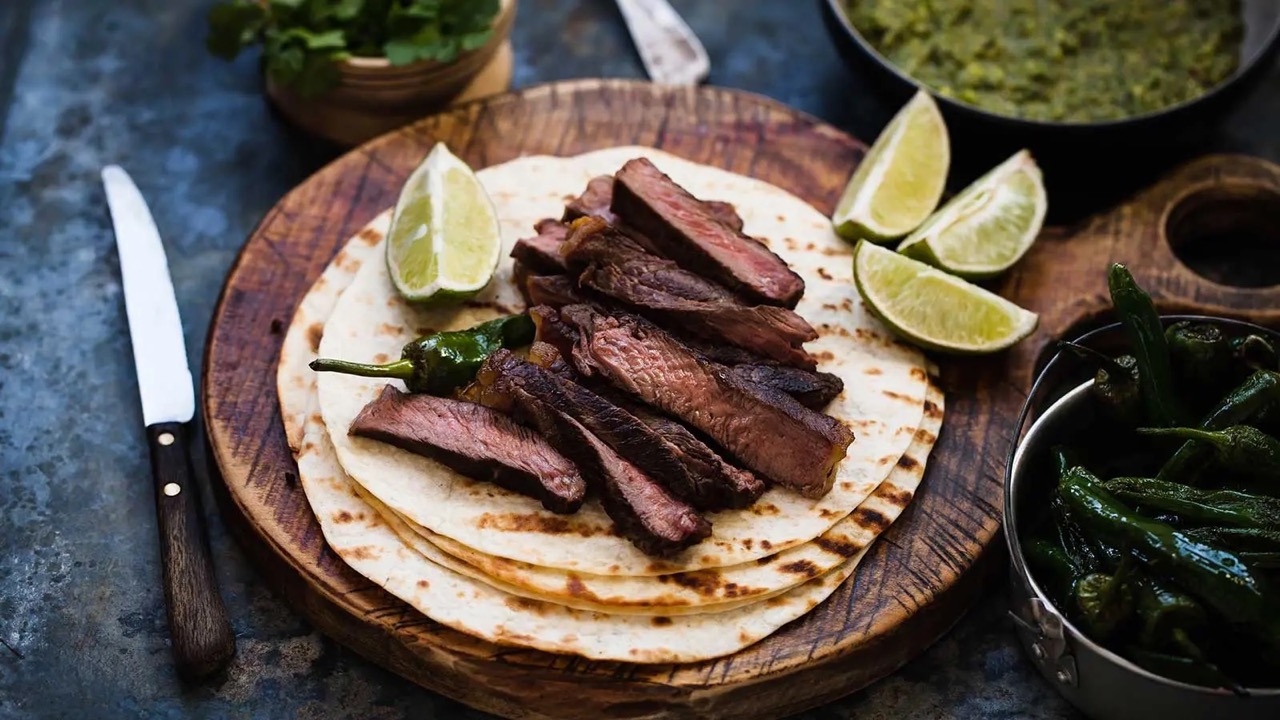

Articles
How To Store Leftover Steak
Modified: January 18, 2024
Learn the best ways to store leftover steak for maximum freshness and flavor. Find useful articles and tips on how to properly preserve your cooked steak for future meals.
(Many of the links in this article redirect to a specific reviewed product. Your purchase of these products through affiliate links helps to generate commission for Storables.com, at no extra cost. Learn more)
Introduction
Leftover steak is a delicious treat that can be enjoyed even after your initial meal. However, it’s important to store it properly in order to maintain its flavor and quality. Knowing how to store leftover steak can help you avoid wasting food and ensure that you can enjoy it for later meals. Whether you plan to enjoy the leftover steak the next day or save it for a special occasion, proper storage techniques are essential to keep it safe and delicious.
In this article, we will explore the importance of properly storing leftover steak and provide you with practical tips on how to do so. We will discuss the right containers to use, the process of wrapping the steak, and the best methods for refrigerating and freezing it. Additionally, we will share strategies for thawing and reheating the steak to maintain its tender texture and juiciness.
Furthermore, we will explore various ways to utilize leftover steak in different dishes, ensuring that you can transform it into mouthwatering meals instead of simply reheating it as is. Lastly, we will provide some tips on how to maximize the shelf life of leftover steak, so you can enjoy it for a longer period of time.
By following the guidelines in this article, you will be able to store leftover steak properly, maintain its taste and texture, and discover creative ways to repurpose it in your meals. So, let’s dive in and learn how to store leftover steak like a pro!
Key Takeaways:
- Properly storing leftover steak is crucial for maintaining its taste, texture, and safety. Follow the tips to choose the right container, remove excess fat, and wrap it tightly for optimal preservation.
- Get creative with your leftover steak by transforming it into delicious dishes like tacos, stir-fries, salads, and sandwiches. Maximize its shelf life by storing promptly, labeling, and avoiding temperature fluctuations.
Read more: How To Store Steak
Importance of Properly Storing Leftover Steak
Properly storing leftover steak is not only important for maintaining its taste and texture, but also for ensuring its safety. When meat is not stored properly, it can spoil quickly and lead to foodborne illnesses. By following the right techniques, you can minimize the risk of bacterial growth and preserve the quality of the steak for future enjoyment.
One of the main reasons for storing leftover steak properly is to prevent it from drying out. When steak is exposed to air for prolonged periods, it can lose moisture and become tough and unappetizing. By wrapping it tightly and storing it in the right container, you can retain its juiciness and tenderness.
In addition to maintaining the taste and texture, proper storage practices also help prevent cross-contamination. Raw meat contains bacteria that can spread to other foods if they come into contact. By storing leftover steak separately from other ingredients, you reduce the risk of contamination and ensure the safety of your meals.
It is worth noting that storing leftover steak properly also helps to reduce food waste. Instead of throwing away excess steak, you can save it for later meals and make the most of your ingredients. This not only saves money but also reduces your impact on the environment.
By understanding the importance of properly storing leftover steak, you can make informed decisions and ensure that you and your loved ones can enjoy it safely and deliciously. Now, let’s explore some practical tips on how to store leftover steak effectively.
Choosing the Right Container
When it comes to storing leftover steak, choosing the right container is crucial. The container you choose should be airtight and able to keep out moisture and odors. Here are some options to consider:
- Plastic containers with a tight-fitting lid: These containers are a popular choice as they are durable, easy to clean, and provide a secure seal. Look for containers made from food-grade plastic to ensure safety.
- Glass containers with airtight lids: Glass containers are a great alternative to plastic. They are non-toxic, resistant to staining, and can be used in both the refrigerator and oven. Look for containers with airtight lids to prevent air exposure.
- Resealable plastic bags: If you prefer a more flexible option, resalable plastic bags can work well for storing individual portions of leftover steak. Make sure to squeeze out any excess air before sealing the bag.
Regardless of the container you choose, make sure it is clean and dry before adding the leftover steak. This helps prevent the growth of bacteria and extends the shelf life of the steak.
It’s also a good idea to label the container with the date and contents. This will help you keep track of how long the leftover steak has been stored and avoid confusion with other items in your fridge or freezer.
Remember, choosing the right container is the first step towards properly storing leftover steak. Next, we will discuss the importance of removing bones and excess fat before storing the steak.
Removing Bones and Excess Fat
Before storing leftover steak, it’s important to remove any bones and excess fat. Not only does this make the steak easier to store, but it also helps maintain its quality and flavor. Here’s why it’s beneficial to remove bones and excess fat:
Improved Storage Efficiency: Removing bones from leftover steak allows for more compact storage. It frees up space in your container or bag, making it easier to store and organize in your fridge or freezer. Plus, boneless steak reheats more evenly and quickly than steak with bones.
Reduced Risk of Spoilage: Bones can retain moisture, which can lead to quicker spoilage of the meat. By removing the bones, you minimize the chances of bacterial growth and extend the shelf life of the steak.
Enhanced Flavor and Texture: Excess fat can become greasy and unpleasant when reheated. Trimming off any excess fat before storing the steak allows it to retain its optimal flavor and texture when you decide to reheat and enjoy it.
To remove the bones, simply use a sharp knife to cut along the bone and separate it from the steak. For larger bones, you may need to use kitchen shears or enlist the help of a butcher. Remember to exercise caution when handling sharp objects.
To remove excess fat, carefully trim it off using a knife. The amount of fat you remove is a matter of personal preference, but removing any visible chunks or excess can significantly improve the quality of the leftover steak.
Once you have removed the bones and excess fat, you can proceed to the next step of properly wrapping the steak to preserve its freshness and protect it from air and moisture.
Wrapping the Steak Properly
Properly wrapping leftover steak is essential for maintaining its freshness and preventing it from drying out. When steak is exposed to air, it can quickly lose its moisture and flavor. Here are some guidelines to follow when wrapping your leftover steak:
Use Quality Wrap: Choose high-quality plastic wrap or aluminum foil that is specifically designed for food storage. These materials create a barrier that helps keep out air and moisture, preserving the quality of the steak.
Wrap Tightly: Ensure that the plastic wrap or aluminum foil is tightly wrapped around the steak to prevent any air from entering. A tight seal helps maintain the steak’s juiciness and prevents it from becoming dry.
Double Wrap for Added Protection: If you want to take extra precautions, consider double wrapping the steak. This provides an additional layer of insulation and further prevents the steak from being exposed to air or absorbing any odors from the refrigerator or freezer.
Label the Wrap: Once the steak is wrapped, it’s a good idea to label it with the date and contents. This will help you keep track of how long it has been stored and ensure you can easily identify it later when you’re ready to enjoy it.
Consider Vacuum Sealing: If you have a vacuum sealer, this can be an excellent option for preserving the quality of leftover steak. Vacuum sealing removes the air from the packaging, creating a tight seal that helps maintain the steak’s flavor and texture.
Remember, the key to properly wrapping leftover steak is to create a tight seal that prevents air and moisture from getting in. This will help ensure that the steak remains fresh and delicious when you’re ready to eat it.
Now that we’ve covered how to wrap the steak properly, let’s move on to the next step: refrigerating the leftover steak.
Read more: How To Store Cooked Steak
Refrigerating the Leftover Steak
After wrapping the leftover steak properly, it’s important to refrigerate it promptly to keep it at a safe temperature. Refrigeration slows down the growth of bacteria and helps maintain the quality of the steak. Here’s how to refrigerate leftover steak:
Cool the Steak: Allow the cooked steak to cool down to room temperature before refrigerating it. Placing hot leftovers in the refrigerator can increase the overall temperature inside, potentially compromising the safety of other perishable foods.
Transfer to the Refrigerator: Place the wrapped leftover steak in the refrigerator within two hours of cooking it. Store it in the main compartment of the refrigerator rather than in the door, as the door is subject to temperature fluctuations.
Select the Right Shelf: Choose a shelf that is away from raw meats and other foods that could potentially contaminate the steak. This helps reduce the risk of cross-contamination and ensures the safety of the leftover steak.
Keep Away from Strong Odors: Store the leftover steak away from strong-smelling foods, as steak tends to absorb odors easily. This will help preserve the original flavor and prevent any undesirable taste changes.
Refrigeration Time: Leftover steak can be refrigerated for up to three to four days. However, it’s important to check for any signs of spoilage or off-putting smells before consuming it.
Remember, proper refrigeration is crucial for keeping the leftover steak safe to eat. By following these guidelines, you can ensure that the steak remains fresh and ready for future meals.
Next, we’ll discuss the option of freezing leftover steak for longer-term storage, so you can enjoy it even after several weeks.
Store leftover steak in an airtight container or resealable plastic bag in the refrigerator. It will stay fresh for 3-4 days. To reheat, use a low heat method like the oven or sous vide to avoid overcooking.
Freezing the Leftover Steak
If you have more leftover steak than you can consume within a few days, freezing it is a great option to extend its shelf life. Freezing helps preserve the quality of the steak for an extended period of time. Here’s how to freeze leftover steak:
Cool the Steak: Just like refrigeration, it’s important to allow the cooked steak to cool down to room temperature before freezing it. This prevents condensation from forming inside the packaging and ensures that the steak freezes evenly.
Wrap for Freezing: Wrap the individual steak portions tightly in plastic wrap or aluminum foil. For added protection against freezer burn, place the wrapped steaks inside a resealable plastic bag or airtight freezer container.
Label and Date: Label the package with the date of freezing. This will help you keep track of how long the steak has been stored in the freezer and maintain an organized freezer inventory.
Freeze Quickly: Place the wrapped steaks in the coldest part of the freezer, such as the back or the bottom shelf. This ensures that the steak freezes quickly, minimizing the formation of ice crystals and maintaining its quality.
Freezing Time: Leftover steak can typically be safely stored in the freezer for up to three to four months. However, for the best flavor and texture, it is recommended to consume it within one to two months.
Thawing Before Use: When you’re ready to use the frozen steak, thaw it in the refrigerator overnight. Avoid thawing at room temperature, as this can promote bacterial growth. Once thawed, consume the steak within two days for optimal quality.
By following these steps, you can freeze leftover steak effectively and enjoy it at a later time without compromising its taste and texture.
Next, we’ll explore the process of thawing and reheating the leftover steak to ensure that it remains juicy and tender.
Thawing and Reheating the Leftover Steak
When it comes to enjoying leftover steak, proper thawing and reheating are essential to maintain its juicy and tender texture. Here’s how to thaw and reheat your leftover steak:
Thawing:
- Thaw the frozen steak in the refrigerator overnight. This slow thawing method helps retain the steak’s moisture and prevents the growth of harmful bacteria.
- Ensure that the steak is still in its airtight packaging to prevent any liquids or odors from contaminating it.
- Once thawed, do not refreeze the steak. Plan to consume it within two days.
Reheating Methods:
There are several methods you can use to reheat your leftover steak:
- Stovetop: Preheat a skillet over medium-high heat. Place the steak in the skillet and cook for 2-3 minutes per side until heated through. This method helps retain the steak’s flavor and texture.
- Oven: Preheat the oven to 250°F (121°C). Place the steak on a baking sheet and heat for 10-15 minutes until warmed. This method works well for larger cuts of steak.
- Grill: Preheat the grill to medium-high heat. Place the steak on the grill and cook for 2-3 minutes per side until heated through. This method adds a smoky flavor to the steak.
- Microwave: If you’re short on time, you can use the microwave to reheat the steak. However, be aware that using the microwave can sometimes result in a less desirable texture.
Reheating Tips:
- Regardless of the method you choose, aim to reheat the steak until it reaches an internal temperature of 145°F (63°C) for medium-rare or your desired level of doneness.
- To prevent the steak from drying out, avoid overcooking it during the reheating process.
- Allow the steak to rest for a few minutes before slicing or serving to retain its juices.
- Consider adding a pat of butter or a splash of broth to the reheated steak to lock in moisture and enhance the flavor.
By following these guidelines, you can thaw and reheat your leftover steak to perfection, ensuring that it remains juicy and delicious just like when it was first cooked.
Next, let’s explore how you can utilize leftover steak in various dishes to create new and exciting meals.
Utilizing Leftover Steak in Different Dishes
Leftover steak can be a versatile ingredient that can be transformed into various delicious dishes. Instead of simply reheating it as is, consider these creative ways to utilize your leftover steak:
Steak Tacos: Slice the leftover steak into thin strips and use it as a filling for tacos. Add your favorite toppings such as salsa, guacamole, and cheese for a flavorful and satisfying meal.
Beef Stir-Fry: Cut the steak into bite-sized pieces and stir-fry it with vegetables like bell peppers, onions, and broccoli. Add soy sauce, garlic, and your favorite seasonings for an easy and delicious Asian-inspired dish.
Steak Salad: Slice the leftover steak and use it as a topping for a refreshing salad. Combine it with mixed greens, cherry tomatoes, cucumbers, and your choice of dressing for a light and satisfying meal.
Steak Sandwich: Slice the steak and serve it on a crusty baguette or your favorite bread. Add some caramelized onions, cheese, and a spread of your choice to create a mouthwatering steak sandwich.
Steak Quesadillas: Spread some cheese and sliced leftover steak between two tortillas. Cook them on a griddle or stovetop until the tortillas are crispy and the cheese is melted. Serve with salsa, sour cream, or guacamole.
Steak Fried Rice: Chop the leftover steak into small pieces and incorporate it into a delicious fried rice. Add cooked rice, scrambled eggs, vegetables, and soy sauce for a flavorful and hearty meal.
Beef and Broccoli: Slice the leftover steak into thin strips and stir-fry it with broccoli florets in a savory sauce. Serve over steamed rice for a quick and satisfying Asian-inspired dish.
Steak Hash: Dice the leftover steak and sauté it with potatoes, onions, and bell peppers. Season with herbs and spices of your choice for a hearty and flavorful breakfast or brunch option.
Steak Fajitas: Slice the leftover steak into thin strips and sauté it with sliced bell peppers and onions. Serve with warm tortillas, salsa, and sour cream for a delicious and easy Tex-Mex meal.
These are just a few ideas to get you started, but the possibilities are endless. Don’t be afraid to get creative in the kitchen and experiment with flavors and ingredients to make the most out of your leftover steak.
Lastly, let’s explore some tips for maximizing the shelf life of leftover steak.
Read more: How To Store Steak Knives
Tips for Maximizing the Shelf Life of Leftover Steak
To ensure that your leftover steak stays fresh and safe to eat for as long as possible, consider these tips for maximizing its shelf life:
1. Store it promptly: Refrigerate or freeze the leftover steak within two hours after cooking to minimize bacterial growth and prevent spoilage.
2. Keep it airtight: Use airtight containers or wrap the steak tightly in plastic wrap or aluminum foil to prevent air exposure, which can cause it to dry out.
3. Label and date: Clearly label the storage container with the date of storage to keep track of how long the leftover steak has been in the refrigerator or freezer. This will help you consume it within the recommended timeframes.
4. Avoid temperature fluctuations: Place the leftover steak in the coldest part of the refrigerator or freezer, away from the door, to minimize temperature fluctuations and maintain its quality.
5. Use proper thawing methods: Thaw frozen leftover steak in the refrigerator overnight rather than at room temperature. This prevents the growth of bacteria and helps maintain its texture.
6. Only thaw what you need: If you have frozen leftover steak, thaw only the portion you plan to use. Refreezing the steak after thawing can negatively affect its taste and texture.
7. Reheat it properly: When reheating the steak, use methods like stovetop, oven, grill, or microwave, taking care not to overcook it to maintain its juiciness and flavor.
8. Use your senses: Before consuming leftover steak, always check for any signs of spoilage such as an off smell, slimy texture, or unusual color. If in doubt, it’s better to discard it to avoid the risk of foodborne illness.
These tips will help you maximize the shelf life of your leftover steak and ensure that it remains safe and enjoyable to eat. By practicing proper storage and handling techniques, you can reduce food waste and make the most out of your meals.
Now that you’re equipped with the knowledge of storing and utilizing leftover steak, you can confidently enjoy its deliciousness in various dishes and minimize food waste. So, get creative in the kitchen and savor every bite of your leftover steak!
Happy cooking!
Conclusion
Properly storing leftover steak is essential for maintaining its taste, texture, and safety. By following the tips and techniques outlined in this article, you can make the most out of your leftover steak and enjoy it for future meals. Whether you choose to refrigerate or freeze the steak, remember to choose the right container, remove bones and excess fat, and wrap it tightly to prevent air exposure. Thawing and reheating the steak properly will help retain its juiciness and flavor, ensuring a delightful dining experience.
Don’t be afraid to get creative and utilize your leftover steak in different dishes. From tacos and stir-fries to salads and sandwiches, there are endless possibilities to transform your leftover steak into mouthwatering meals. By thinking outside the box, you can enjoy the steak in exciting new ways and avoid the monotony of reheating it as is.
Remember to maximize the shelf life of your leftover steak by storing it promptly, using airtight containers, labeling and dating it, and avoiding temperature fluctuations. These simple steps can help you reduce food waste and make the most out of your ingredients.
Now that you have the knowledge and tips to store, thaw, reheat, and utilize leftover steak, it’s time to put it into practice. Get creative, experiment with flavors, and enjoy the deliciousness of your leftover steak in new and exciting ways. Whether you’re whipping up a quick stir-fry or indulging in a steak sandwich, savor each bite and appreciate the versatility of this leftover gem.
So, go ahead and store your leftover steak like a pro. Enjoy the convenience, savings, and culinary adventure that comes with utilizing your leftover steak in various dishes. Happy cooking!
Frequently Asked Questions about How To Store Leftover Steak
Was this page helpful?
At Storables.com, we guarantee accurate and reliable information. Our content, validated by Expert Board Contributors, is crafted following stringent Editorial Policies. We're committed to providing you with well-researched, expert-backed insights for all your informational needs.
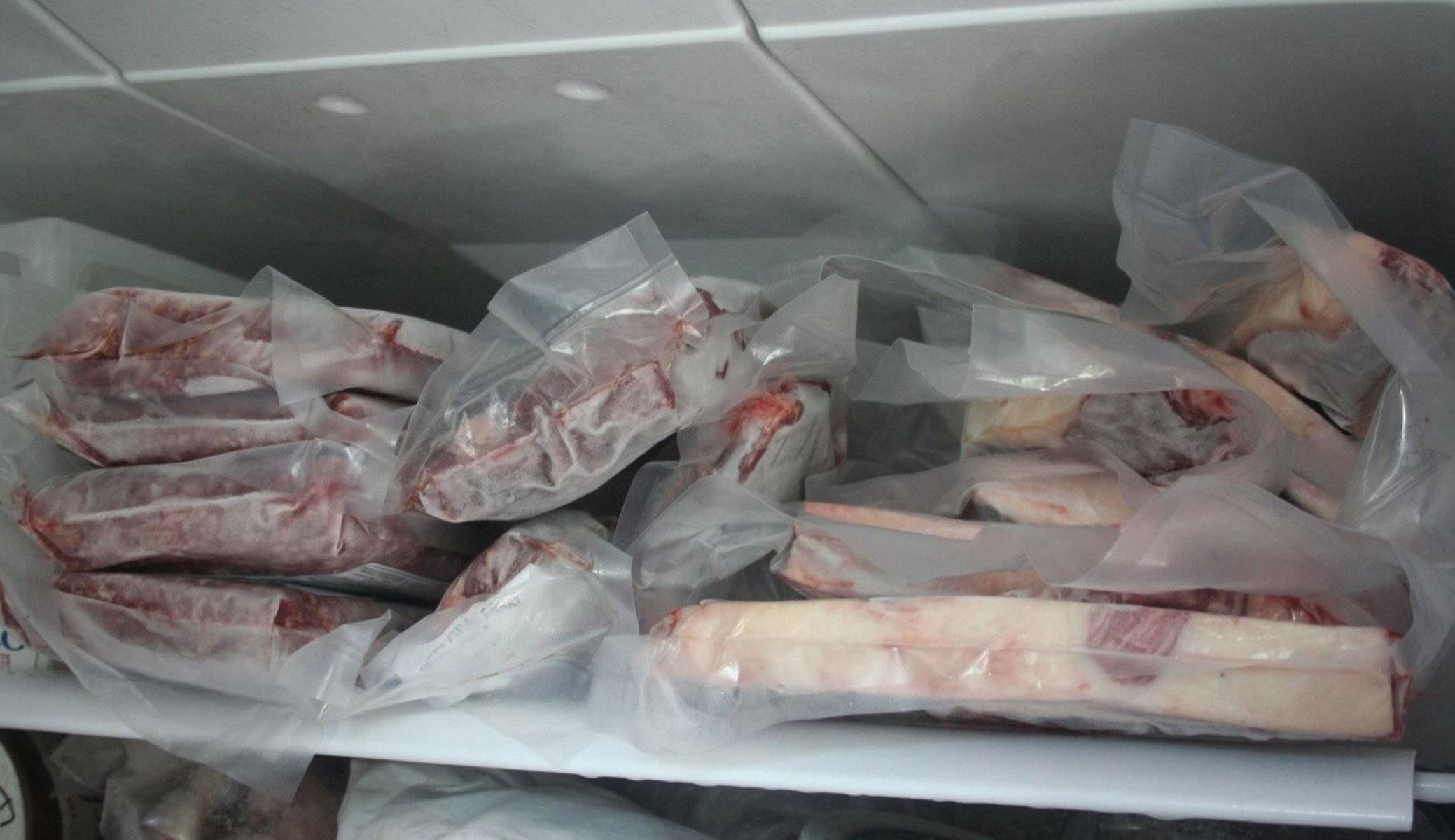
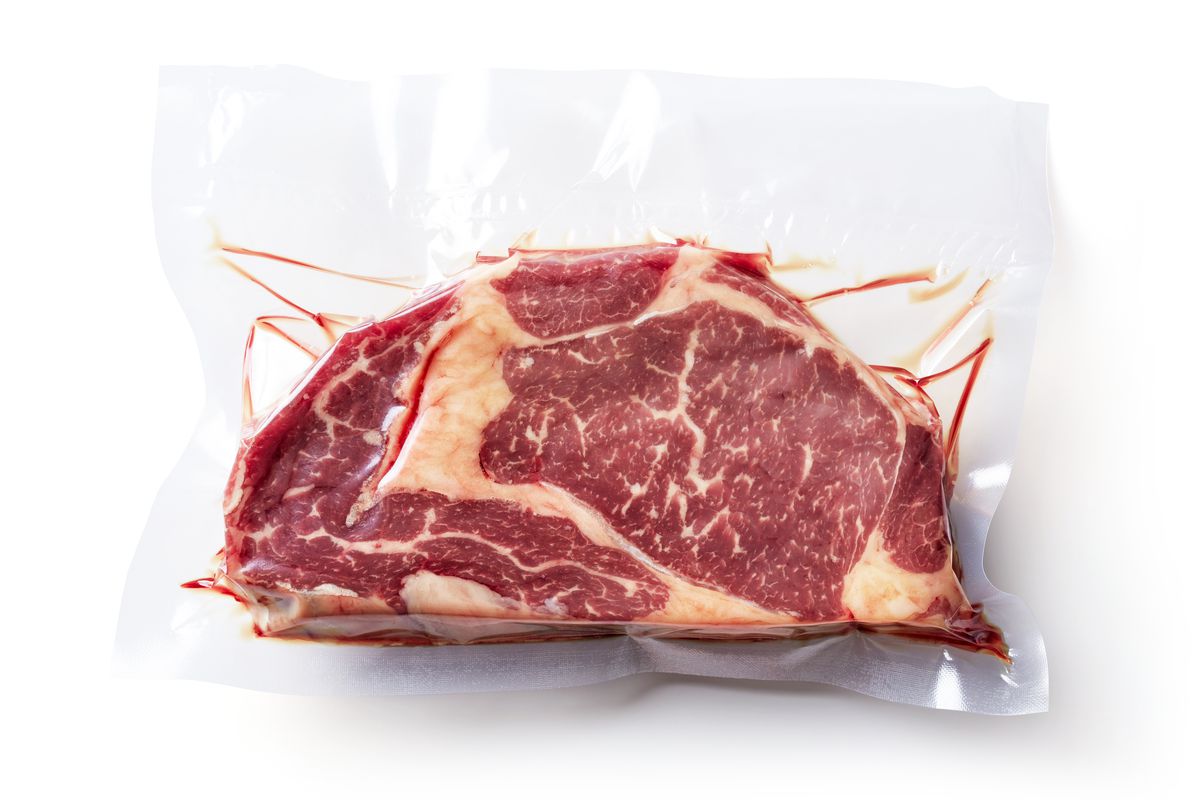
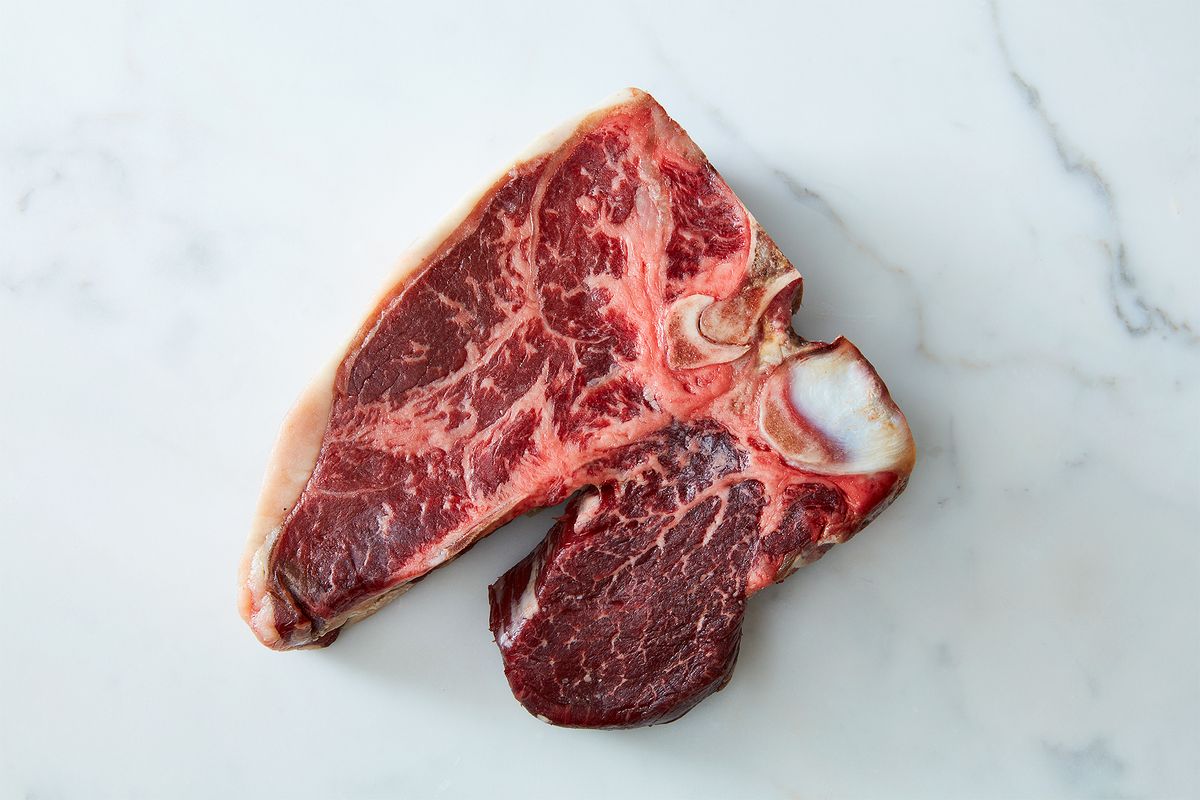
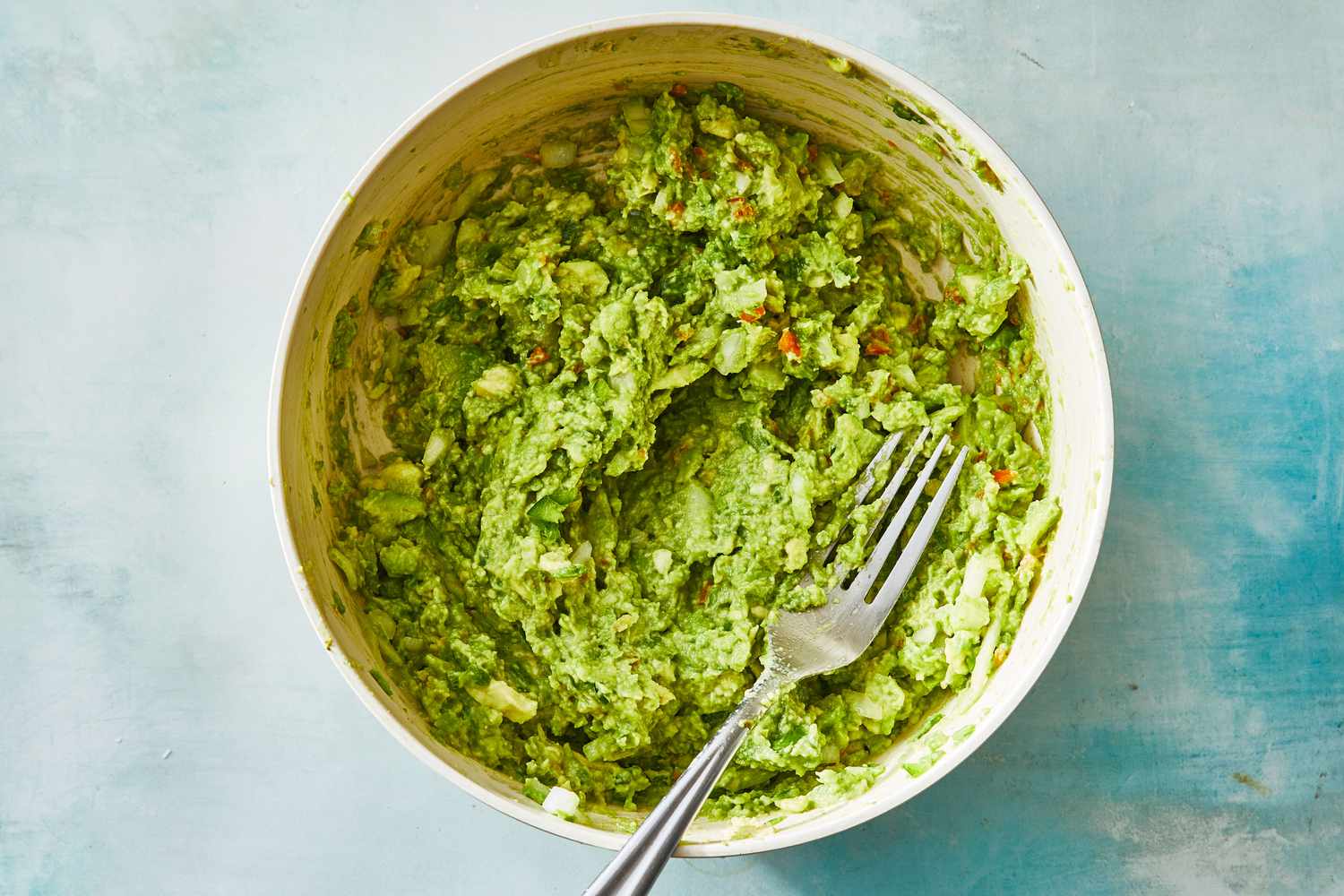

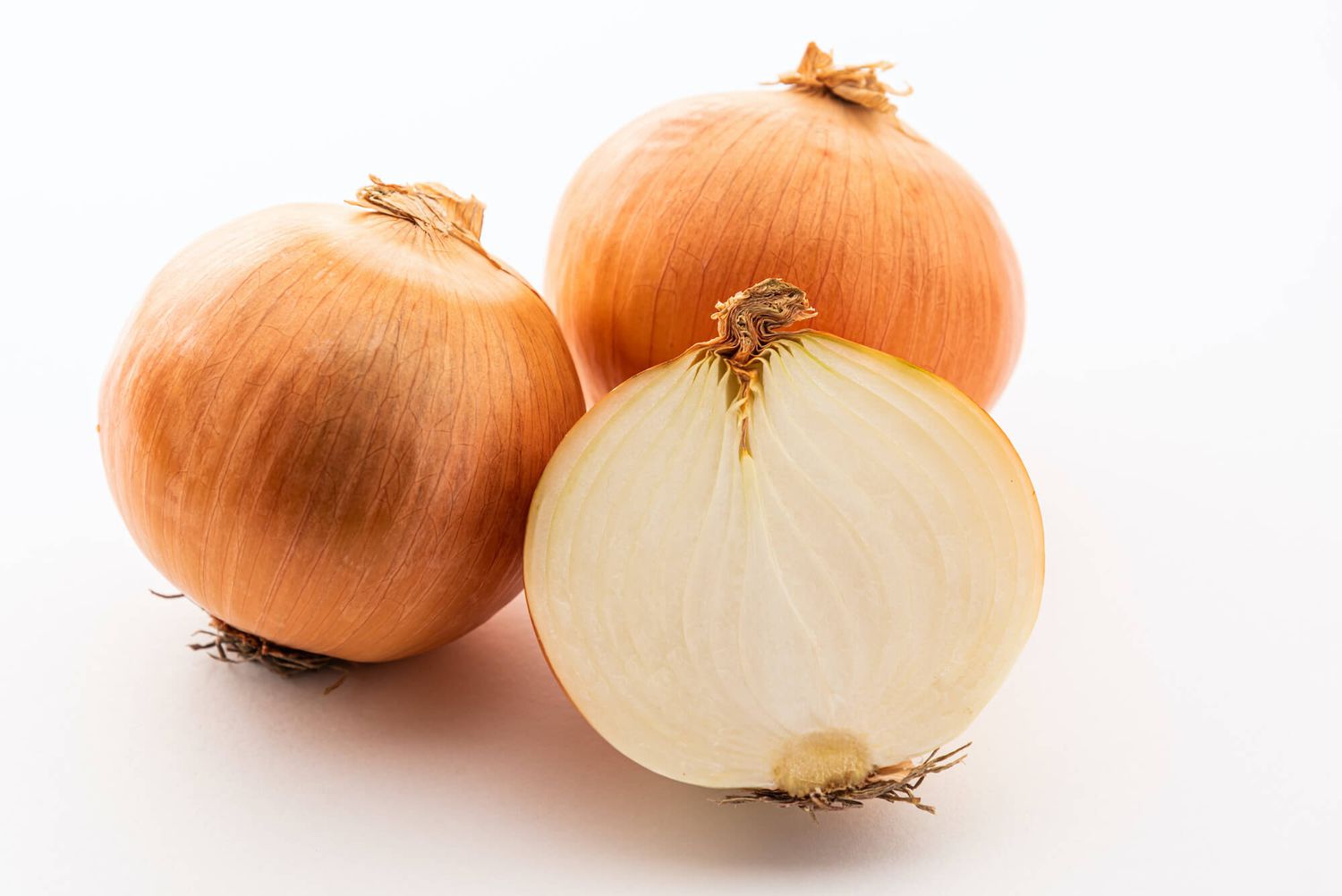
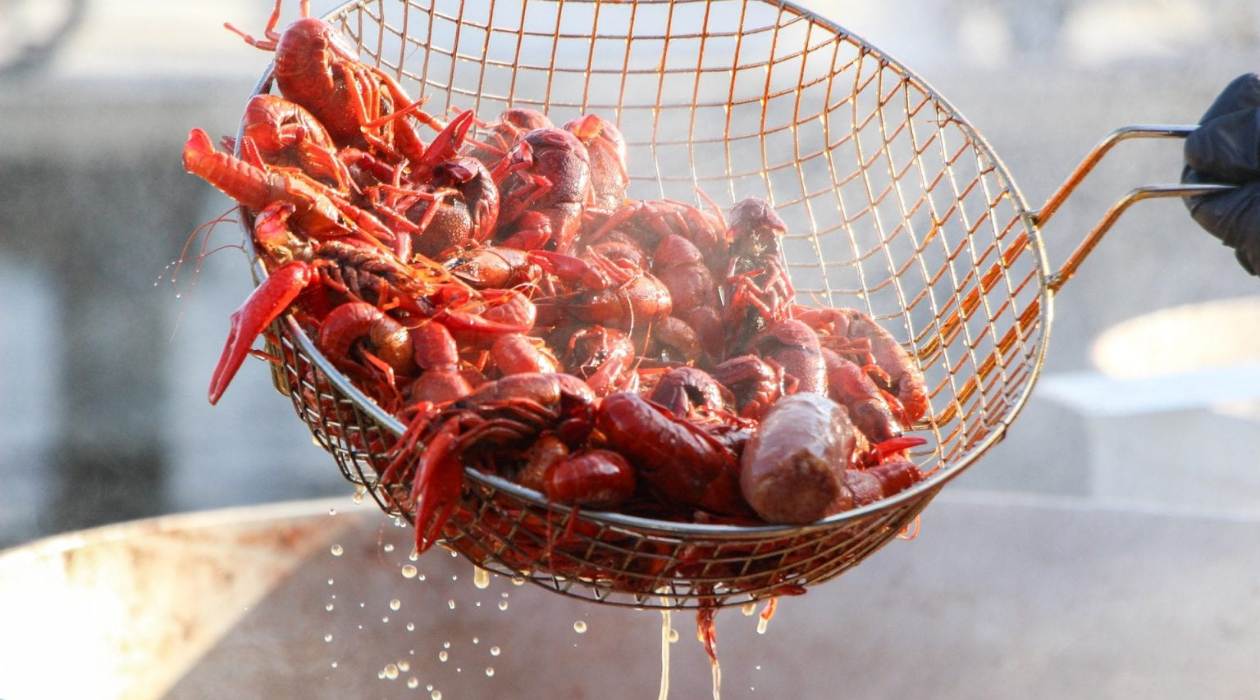
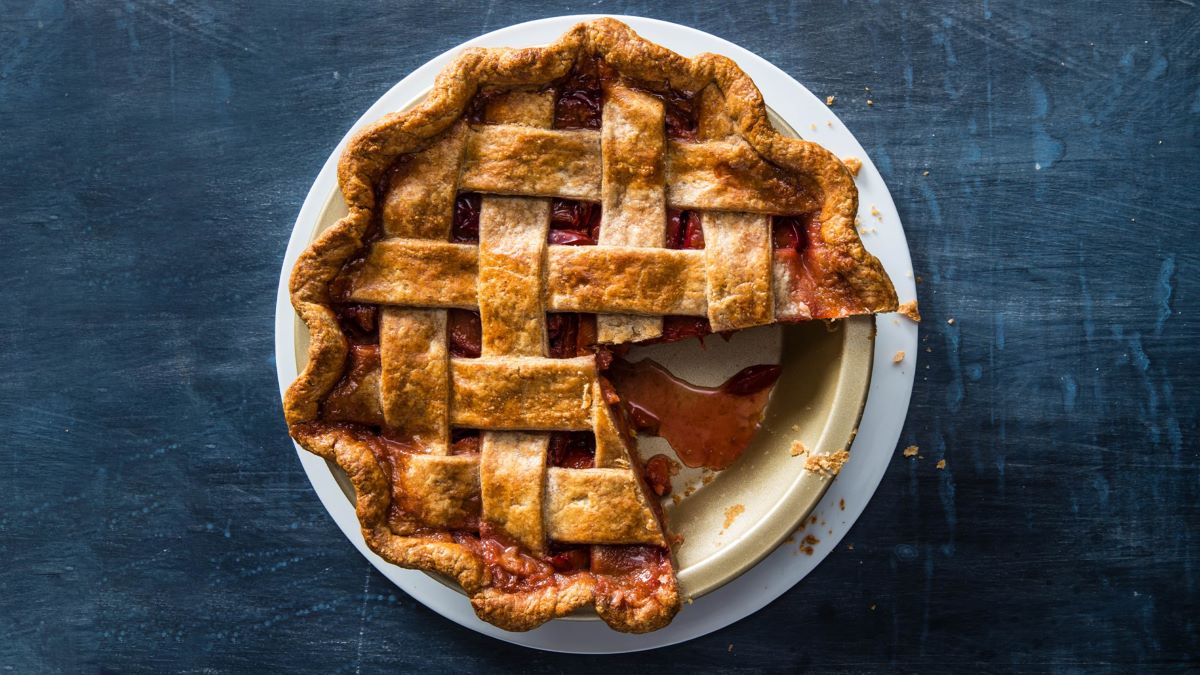
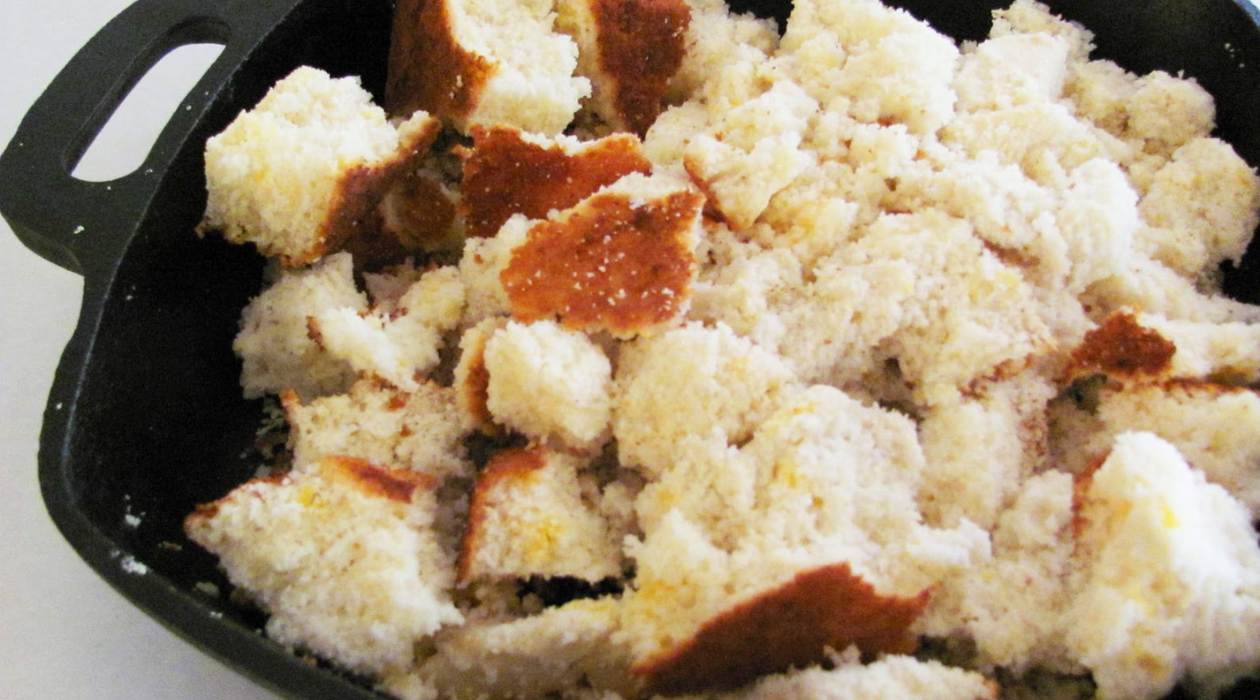
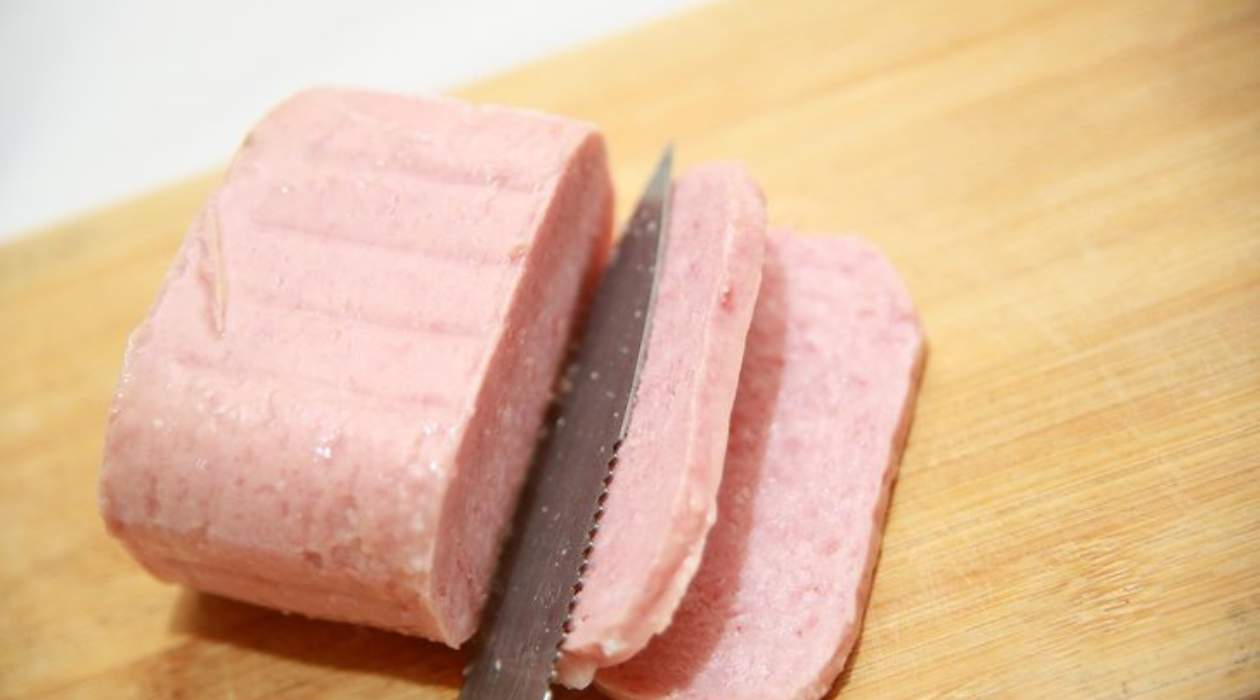
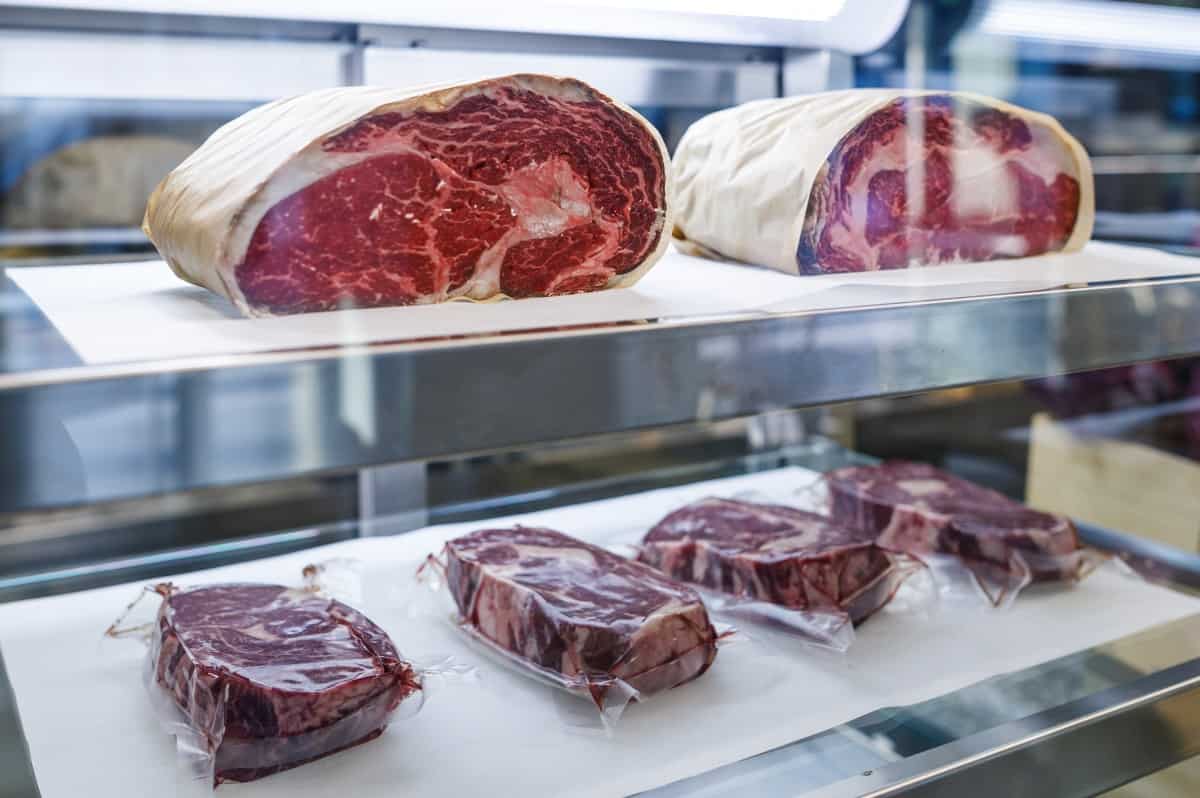
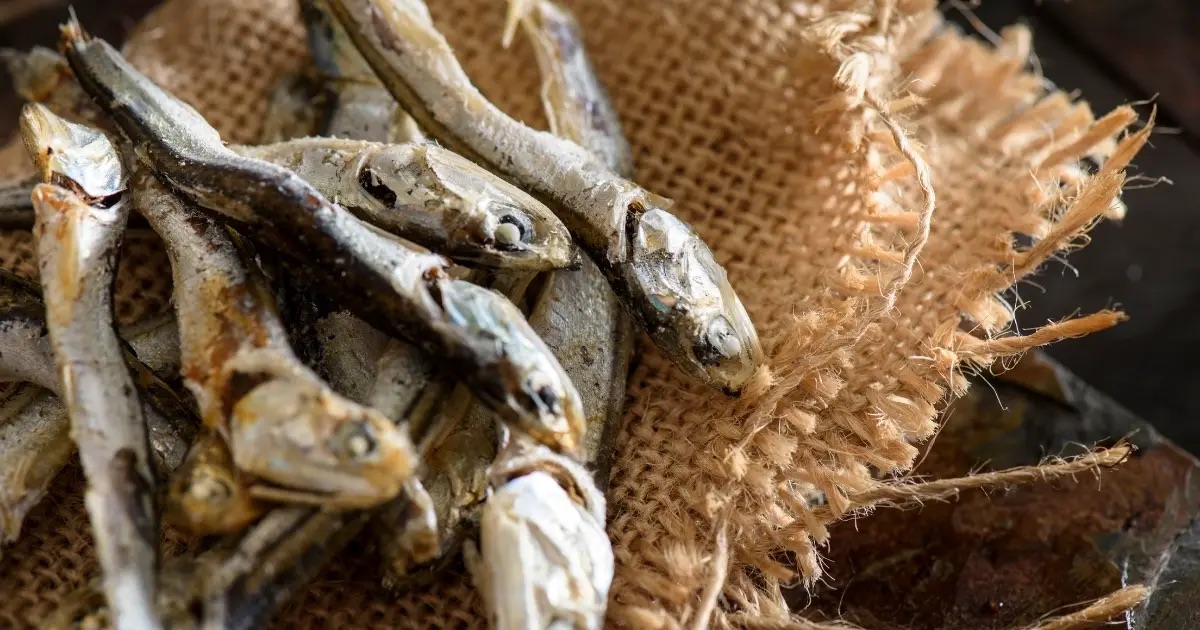
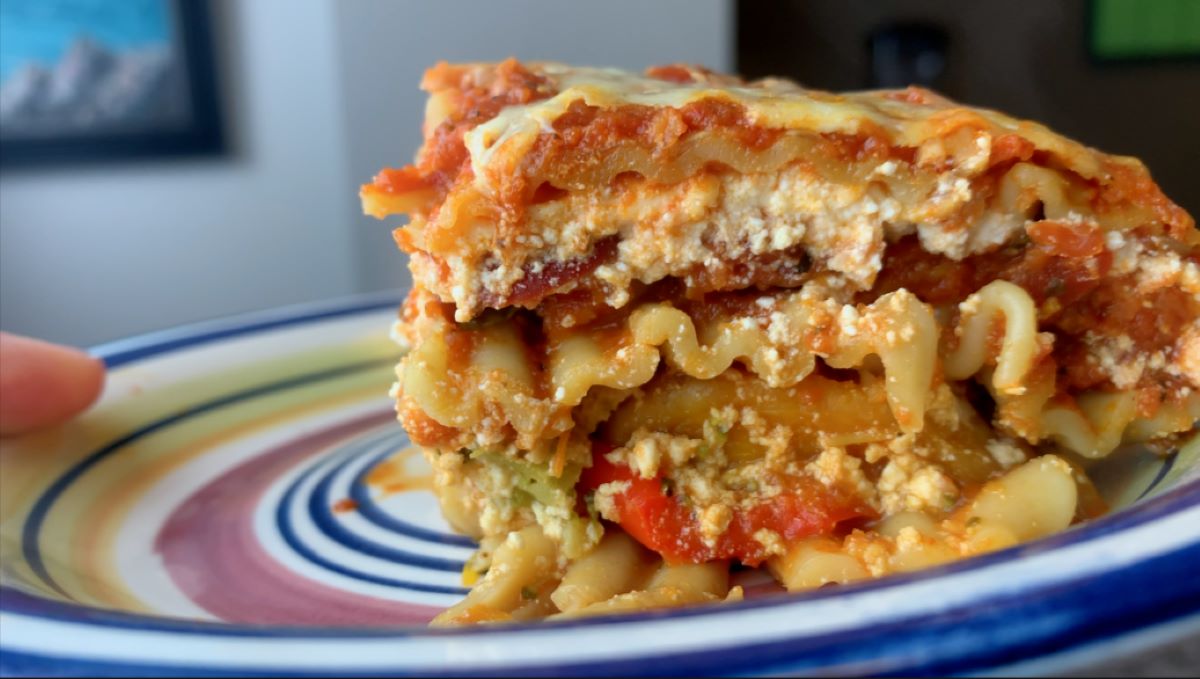

0 thoughts on “How To Store Leftover Steak”